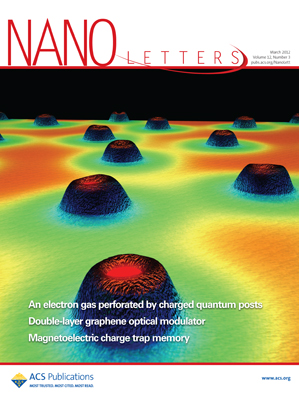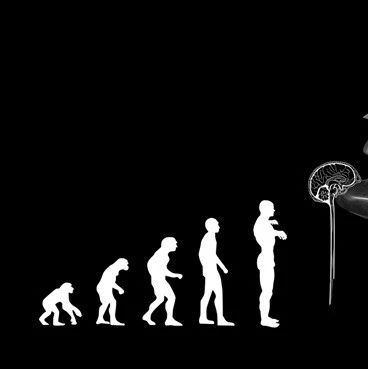导读:美国西北大学研究人员日前报告说,他们开发出一种简易的特异性金纳米粒子给药系统,可以将药物直接输送至癌细胞的细胞核内。

Teri W. Odom教授
美国西北大学研究人员日前报告说,他们开发出一种简易的特异性金纳米粒子给药系统,可以将药物直接输送至癌细胞的细胞核内。
西 北大学材料学教授Teri W. Odom等人开发的金纳米粒子约25纳米宽,形状类似有5到10个角的星星。这种形状使其能够负载高剂量药物分子,也利于药物稳定于纳米粒子表面。
金纳米粒子表面可以承载大约1000个名为as1411的单链dna(脱氧核糖核酸)核酸适体药物。
研究人员以宫颈癌和卵巢癌细胞为例在 电子显微镜下观察到,纳米粒子可以“钩”住癌细胞过度表达的表面蛋白核仁素,并搭乘核仁素的“便车”抵达细胞核。研究人员将超速光脉冲对准癌细胞后,纳米 粒子与核酸适体药物的连接即被切断,药物也就随之在细胞核内发挥作用。癌细胞平滑的椭圆形细胞核随后就变得不平整,出现很深的褶,与这种形状变化相伴的是 癌细胞的死亡和数量减少。
相关研究报告已发表在《美国化学学会•纳米》杂志上。研究人员表示他们将进一步优化这种纳米粒子的设计,希望能将其应用于临床治疗。

 Direct Observation of Nanoparticle–Cancer Cell Nucleus Interactions
Direct Observation of Nanoparticle–Cancer Cell Nucleus Interactions
Duncan Hieu M. Dam, Jung Heon Lee, Patrick N. Sisco, Dick T. Co, Ming Zhang, Michael R. Wasielewski, and Teri W. Odom
We report the direct visualization of interactions between drug-loaded nanoparticles and the cancer cell nucleus. Nanoconstructs composed of nucleolin-specific aptamers and gold nanostars were actively transported to the nucleus and induced major changes to the nuclear phenotype via nuclear envelope invaginations near the site of the construct. The number of local deformations could be increased by ultrafast, light-triggered release of the aptamers from the surface of the gold nanostars. Cancer cells with more nuclear envelope folding showed increased caspase 3 and 7 activity (apoptosis) as well as decreased cell viability. This newly revealed correlation between drug-induced changes in nuclear phenotype and increased therapeutic efficacy could provide new insight for nuclear-targeted cancer therapy.







